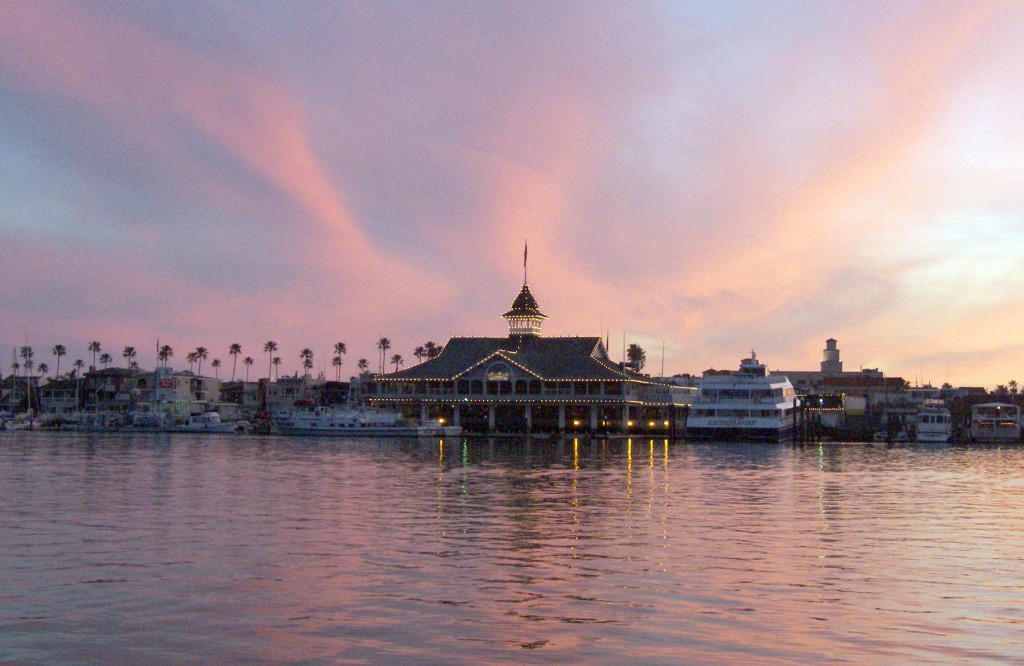
— NB Indy file photo ©
We take Newport Beach for granted.
We have hundreds of world class restaurants and chefs in our town. We have entertainment and venues that most cities envy. We have water everywhere, including the ocean, the bay and harbor.
With all those attractions, we get tourists. Lots of them. We take them for granted too, but they bring so much more than just money to the city of Newport Beach.
Spring is here and summer is around the corner, so we will soon see the familiar signs of tourisms.
To emphasize and illustrate the significance of tourism, let’s compare two similar sized cities: Newport Beach and Mission Viejo.
Newport Beach’s population is 85,186 per the latest census, Mission Viejo is 93,305.
The question about the importance of tourism in Mission Viejo was posed to Karen Hamman, MMC, director of community relations and city clerk.
“Tourism is not significant in Mission Viejo as we are primarily a ‘bedroom community.’ We do have some tourism in town due to many and various sporting events and tournaments that bring visitors from all over Southern California,” she said. “We host several youth soccer and softball camps, and of course, Mission Viejo is home to the well-known Nadadores swim and dive teams.”
Being a land-locked city limits attractions to any water activities, but when comparing one city to the next, water becomes a primary draw.
From San Clemente and Dana Point in the south, to Huntington and Sney. Sunset Beaches in the north, any oceanfront city has an immediate advantage.
Yes, there are water sports, arts and cultural activities, great eateries, and outdoor activities. But the biggest advantage that coastal cities have is that they draw money, as in tourist spending.
Looking closely at Mission Viejo, they offer just two hotels and one major shopping draw, The Shops at Mission Viejo. Do they offer name brand restaurants and attractions? Not really.
At one recent chef event, Indy editor and food writer Christopher Trela, commented that of the 30 chefs that were cooking that day, “almost half were from Newport Beach.”
We spoke with Edwin D. Fuller, president and CEO of Orange County Visitors Association, and asked his opinion about the effect of tourisms on the “average resident.”
“If we look at the county as a whole, we get a remarkable 46 million visitors annually in the county, and they spend $7.75 billion and help support 160,000 local tourism industry jobs,” Fuller offered. That takes many forms, from the abundant transportation network that accommodates out of town visitors, to the support services that keep the hotels humming.
All these activities also bring in millions of dollars of tax money, one reason that Newport Beach is so fiscally strong with a generous tax reserve.
“Looking at Newport Beach we obviously have a large selection of hotels,” he continued, “but we also have the harbor, along with tour boats and fishing boats and they are both big draws for tourists as well as residents. We take them for granted, but many travel far to enjoy our amenities.”
We also have many tourists that want to visit typical tourist attractions, but do not wish to stay in tourist cities. That affords incentives to those that might otherwise stay in Anaheim the chance to instead stay at the beach.
The day Fuller was interviewed, he had met with three Chinese tourism representatives who marveled at the beautiful sunset. When he asked them “Isn’t that gorgeous?” they nodded in agreement, as they did not take it for granted.
The next time you crawl along Coast Highway or the Peninsula, or grumble at the crowds at Fashion Island or along the Balboa Island walkway, count your blessings that we have access to these uniquely Newport amenities.




